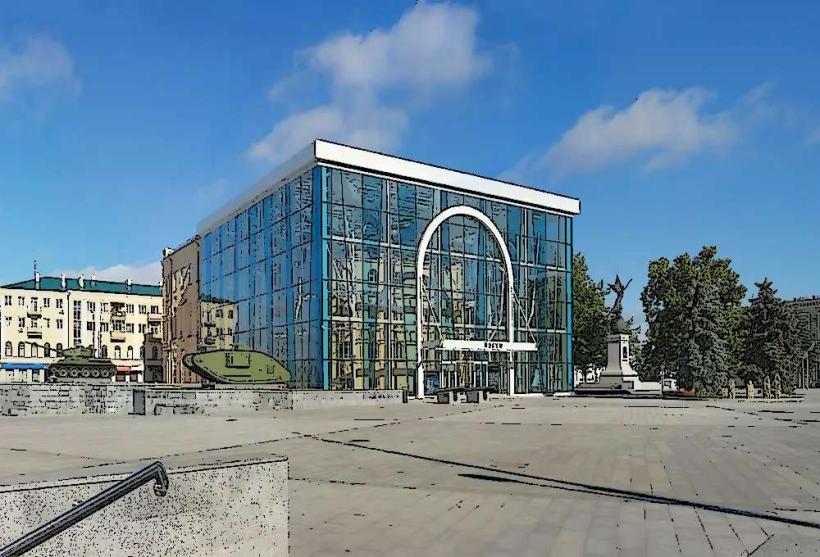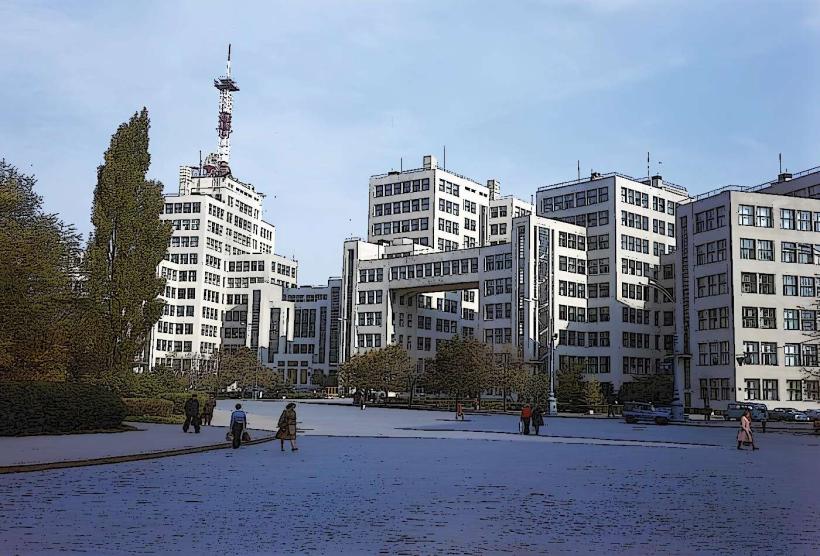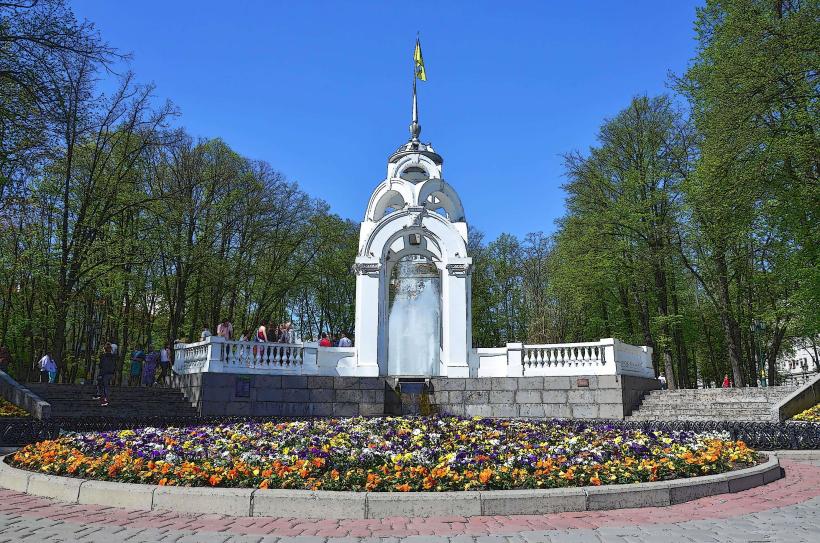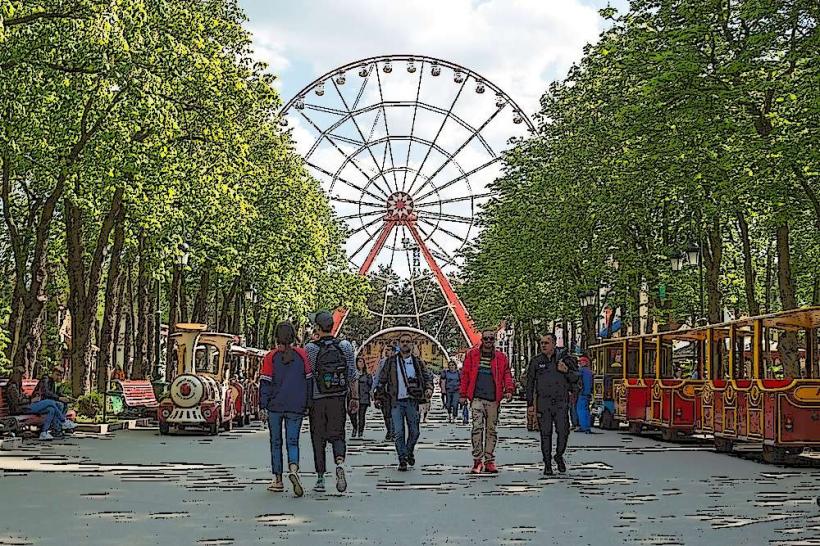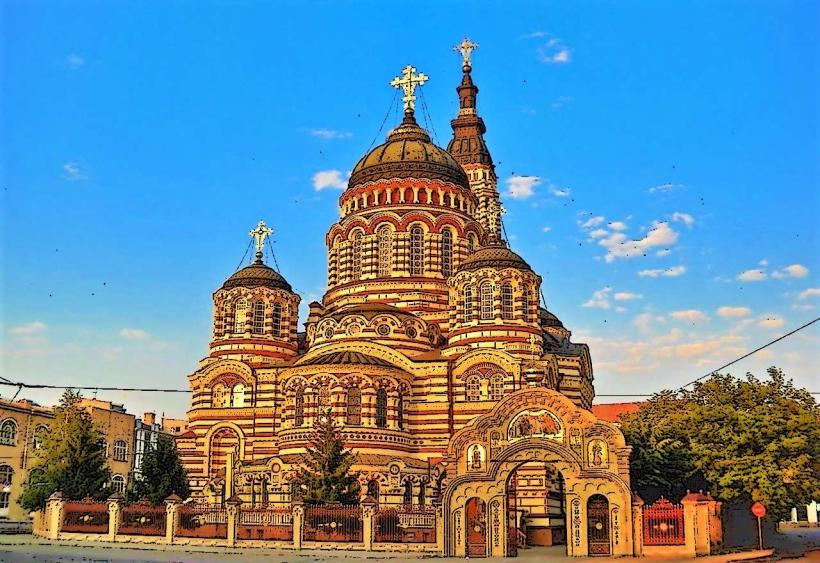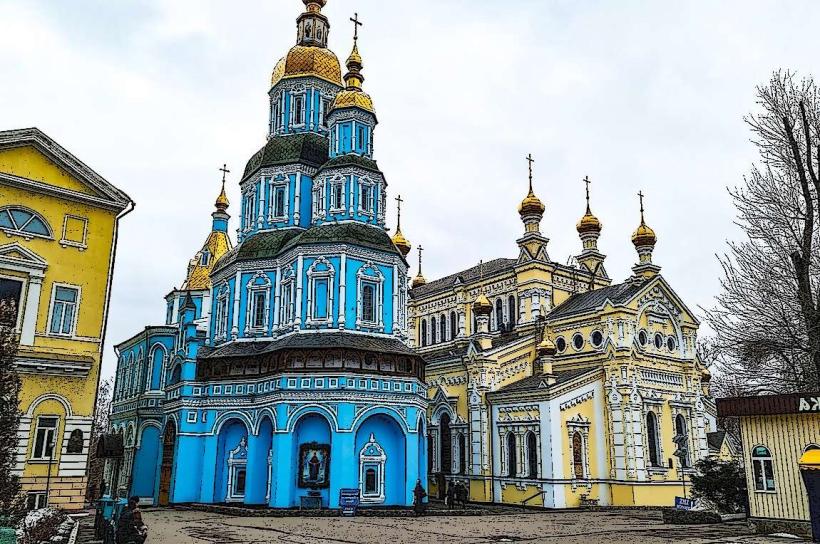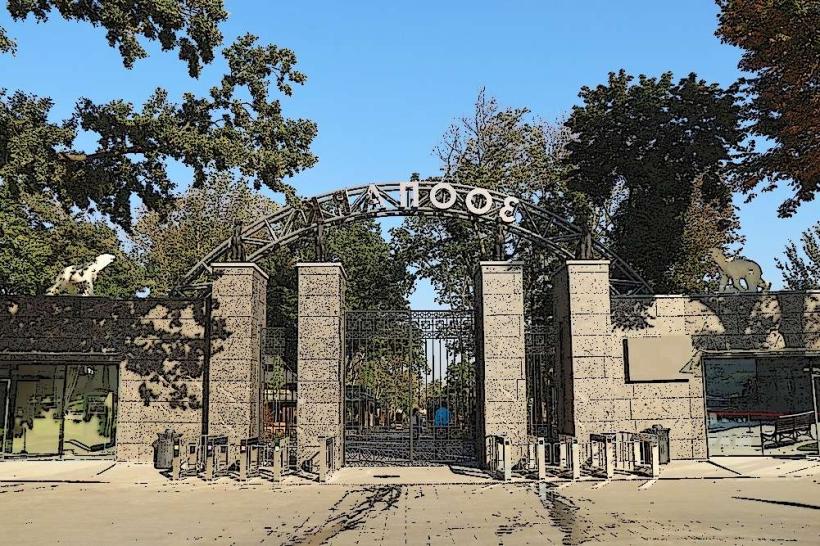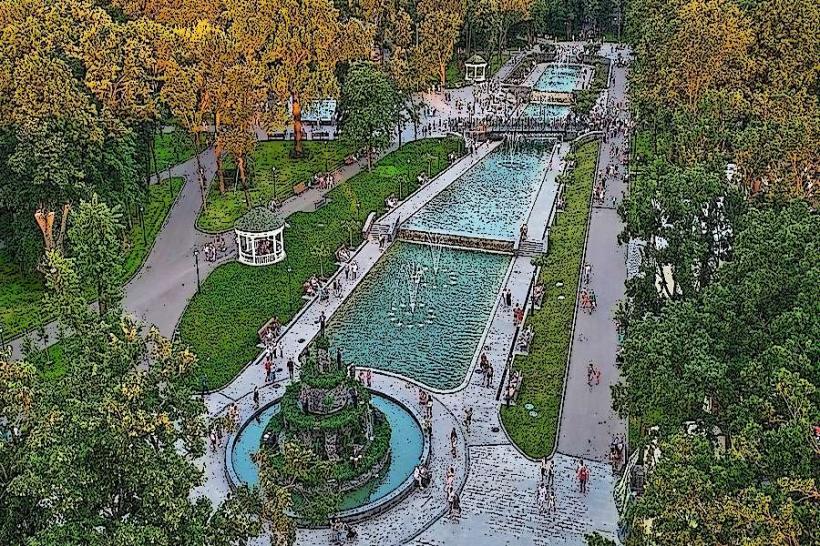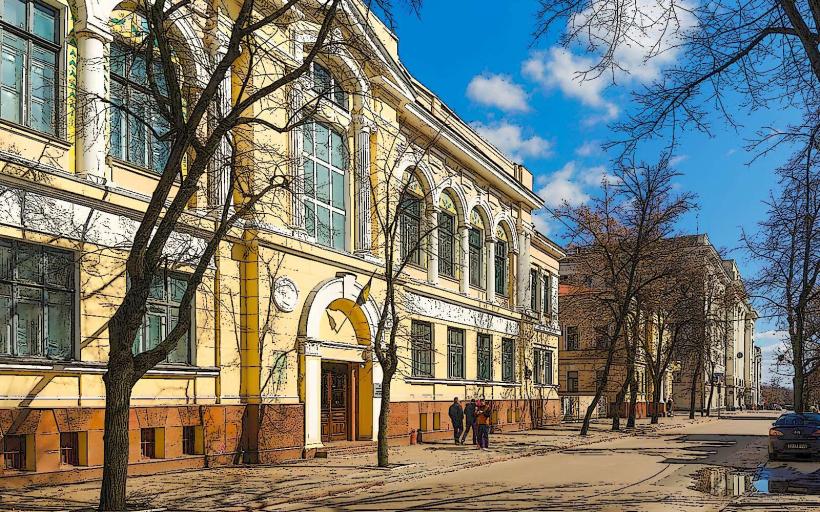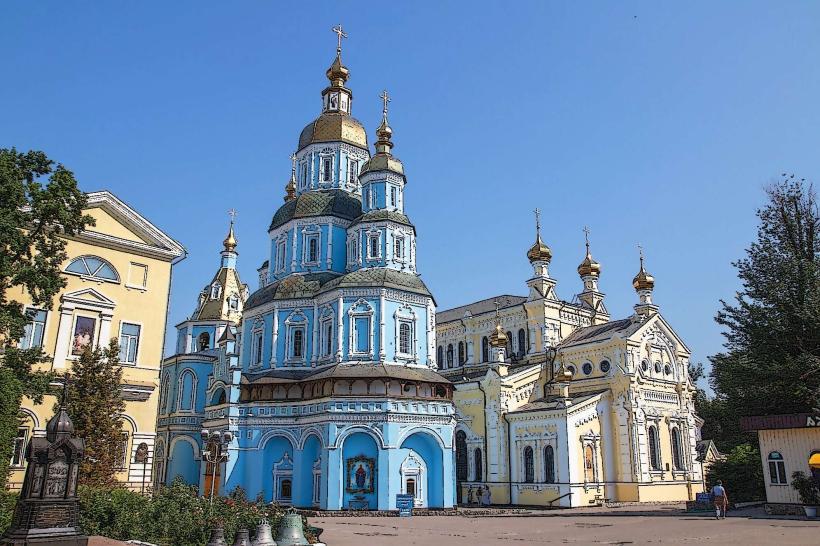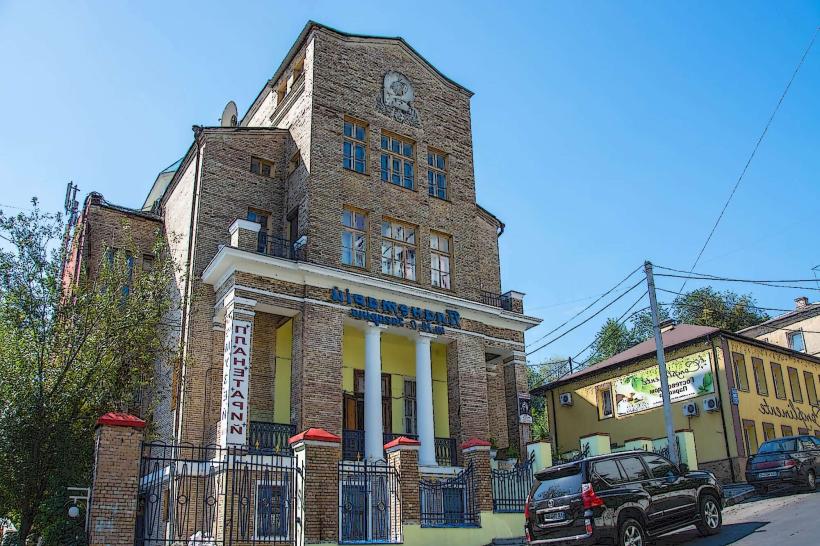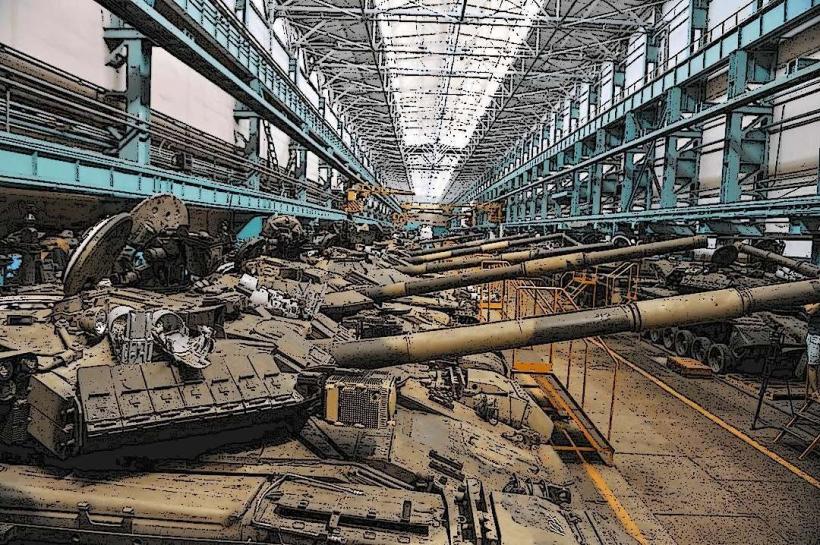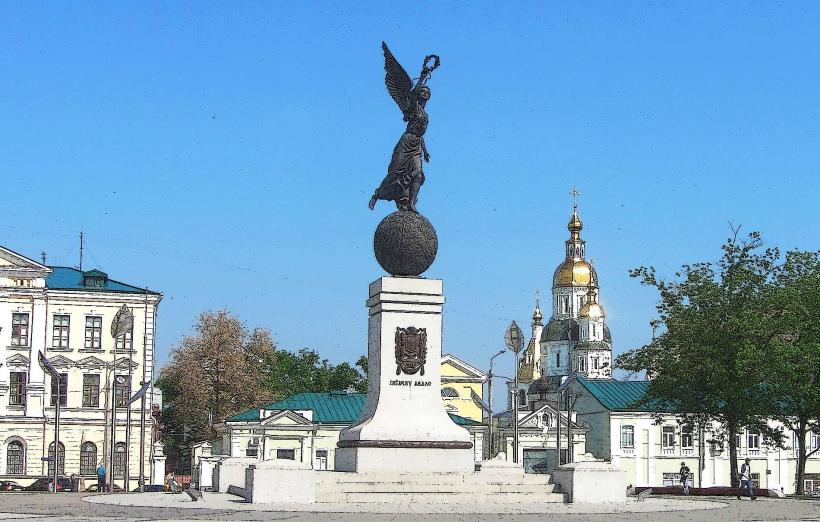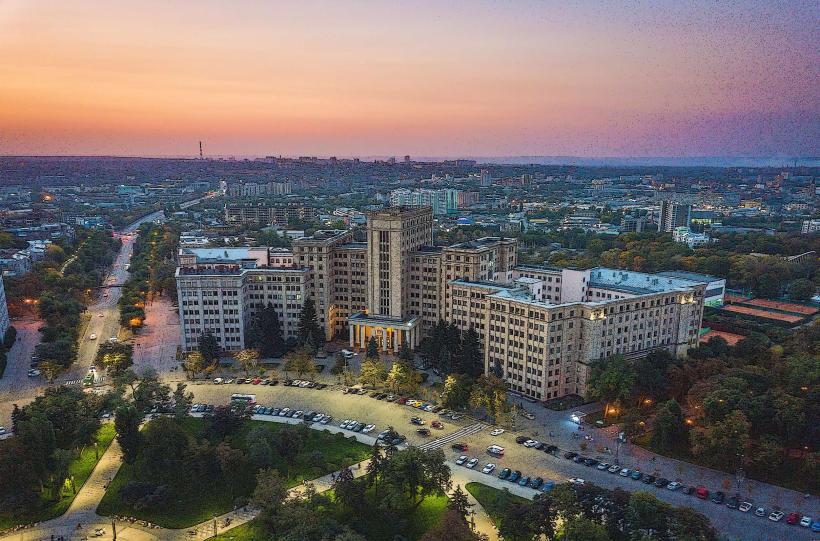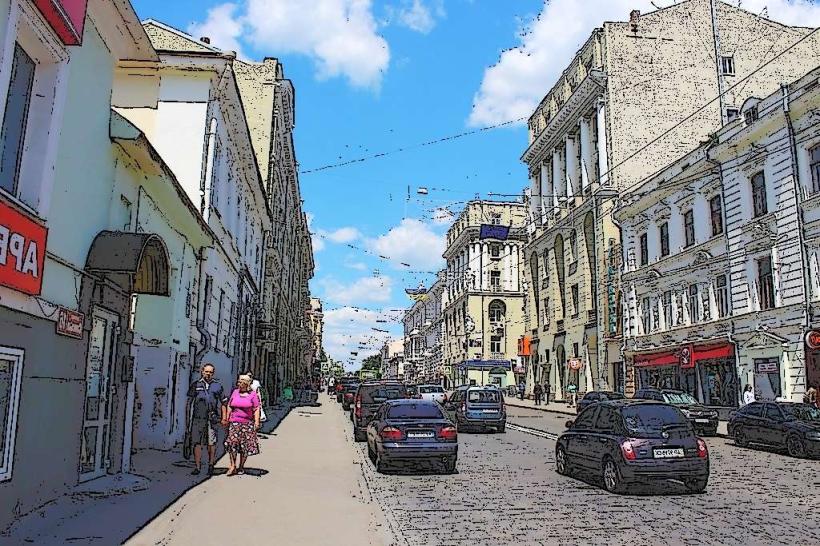Information
City: KharkivCountry: Ukraine
Continent: Europe
Kharkiv, Ukraine, Europe
Overview
Kharkiv, Ukraine’s second-largest city, sits in the northeast, just a short drive from the Russian border where the air smells faintly of pine in summer, and it’s a major hub for industry, culture, education, and science, alive with busy factories and vivid lecture halls.Home to roughly 1.4 million people, Kharkiv bustles as a major city in eastern Ukraine, its streets alive with trams and market chatter, likewise kharkiv rests along the Kharkiv and Lopan rivers, where the land spreads into soft, rolling plains.The city stretches across more than 350 square kilometers, wide enough that a bus ride from one edge to the other can take nearly an hour, what’s more the climate’s moderately continental, bringing crisp, freezing winters and summers that warm the air like sun on stone.Winters bring crisp air, steady snowfall, and days that rarely rise above freezing, while summers warm up pleasantly, with afternoons hovering near 25–28°C (77–82°F), equally important parks, gardens, and patches of green dot the city, making it more livable and giving residents spots to unwind-whether it’s a bench under a shady oak or a trail for an afternoon meander.Kharkiv’s people come from varied backgrounds, with Ukrainians and Russians making up most of the mix-a blend shaped by the city’s borderland history and the streets where languages mingle, on top of that in everyday life, people speak both Russian and Ukrainian, sometimes switching between them mid-sentence.The city’s full of students and professionals, drawn by its many universities and bustling research centers where papers rustle and ideas spark late into the night, what’s more this society hums with energy, powered by a strong industrial workforce and enriched by lively classrooms, bustling galleries, and a vibrant cultural scene.Kharkiv’s economy rests on a broad industrial base, with heavy industry and manufacturing at its core-steel beams, machinery, and factory smoke define much of its skyline, as a result major economic drivers include machinery and equipment manufacturing, turning out engines that thrum with power, sturdy vehicles, and heavy industrial machines.Electronics and aerospace thrive here, with major companies building everything from precision circuit boards to rugged defense components, alternatively in Kharkiv, factories turn out everything from industrial chemicals to life-saving medicines, along with the medical equipment that keeps hospitals running.Oddly enough, Universities and research centers drive innovation, pushing forward current technologies-like faster microchips or smarter medical tools-that shape the future, moreover services and commerce are on the rise, covering everything from bustling retail shops to finance desks and IT help lines.Kharkiv sits close to the Russian border, a position that once made trade and industrial partnerships flow easily, like trains rumbling across the steppe, but shifting geopolitics have since reshaped its economy, what’s more the city’s skyline blends gray Soviet-era apartment blocks with cobbled historic streets and sleek glass towers.Public transit is firmly in setting, with a sprawling metro network, buses rumbling down busy streets, trams gliding past storefronts, and classical trolleybuses humming along their routes, furthermore kharkiv keeps pouring resources into modernizing its infrastructure-fixing pothole-ridden roads, upgrading utilities, and improving housing-yet pockets of the city still struggle with the limits of decades-aged systems.Frankly, Kharkiv stands among Ukraine’s top hubs for learning and discovery, home to more than 30 universities, academies, and research institutes where lecture halls buzz with ideas, consequently people grasp it for its powerhouse programs in engineering, medicine, and science, where labs hum with late-night research.The city’s thinkers shape progress close to home and across the country, sparking ideas that ripple far beyond its busy streets, in conjunction with in Kharkiv, culture thrives-you’ll find bustling theaters, quiet museums, lively concert halls, and radiant galleries filled with color.All year long, the city comes alive with festivals, art shows, and cultural gatherings-you might catch music echoing through the streets on a warm summer night, not only that residents enjoy a mix of traditional Ukrainian culture, from lively folk dances to rich, savory borscht, along with flavors and customs drawn from across Eastern Europe.Parks, sports fields, and open green spaces shape the heart of city life, giving people places to run, kick a ball, or meet friends under the shade of tall trees, moreover governance Kharkiv serves as the administrative heart of Kharkiv Oblast, overseeing local government, shaping the city’s growth, and driving economic projects-right down to deciding where the next market square will stand.The city administration strives to keep industry growing while protecting the environment and making daily life better-like planting more trees along busy streets, at the same time kharkiv, in Ukraine’s northeast, buzzes with factories and universities, its skyline dotted with smokestacks and lecture halls.It blends a solid manufacturing backbone with lively universities and a rich cultural scene, positioning it as a driving force in the nation’s growth and prosperity.
Author: Tourist Landmarks
Date: 2025-10-29
Landmarks in kharkiv

